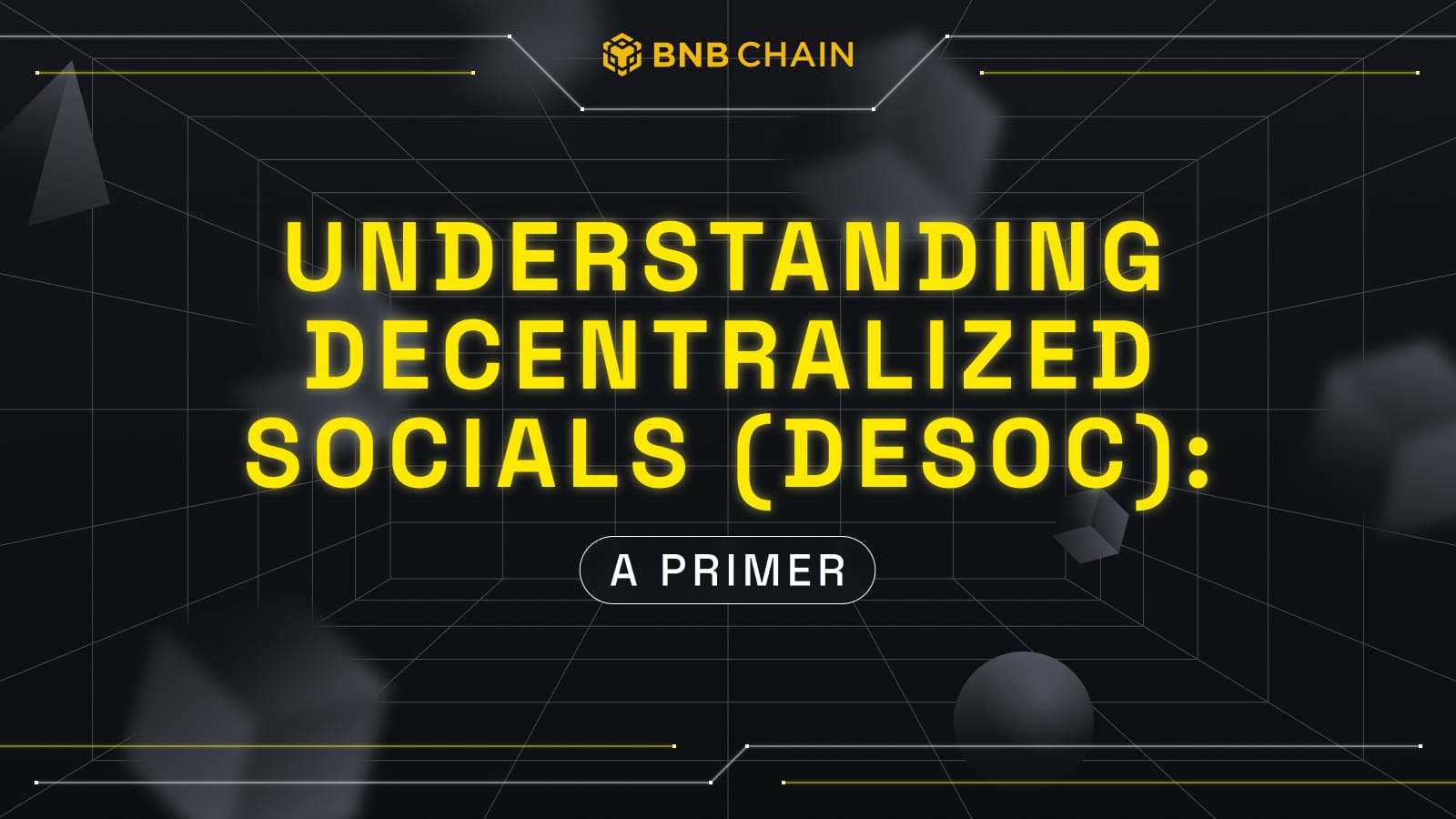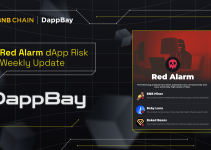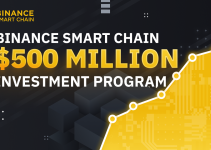Table of Contents

In the digital age, social networking has become an integral part of modern society, connecting people across the globe with shared interests, experiences, and ideas. However, traditional centralized social media platforms have faced criticism and scrutiny for issues such as privacy breaches, censorship, and data monetization. In response to these concerns, a new wave of decentralized social (DeSoc) networks have emerged, offering a promising alternative built on the principles of transparency, security, and user empowerment. This article serves as a primer to understand DeSoc, providing insights into its emergence, key features, advantages, and architectural components.
Traditional Social Networks
Before delving into DeSoc, it’s essential to grasp the landscape of traditional social media platforms. These platforms, commonly referred to as Web2 social networks, have revolutionized communication and connectivity since their inception in the mid-1990s. They enable users to create profiles, share content, and interact with others based on shared interests or personal connections.
While Web2 social networks have brought significant benefits, including global connectivity and information exchange, they also face numerous challenges. Issues such as data privacy concerns, content censorship, and monopolistic control by a few tech giants have raised alarms among users and policy makers alike.
Decentralized Social Networks
DeSoc, often referred to as Web3 social networks, represent a paradigm shift in how social media operates. Unlike their centralized counterparts, which rely on proprietary servers owned by single companies, decentralized networks store data on a blockchain and independent servers distributed across a network of nodes.
The decentralized nature of these networks offers several advantages:
- Open Data & Portability: You own your data and social connections, allowing you to easily move them between different social apps.
- Web3 Composability: Using blockchain technology lets us combine different on-chain features and uses, leading to new experiences and better applications. You can link your social profiles with things like DeFi, music, attestations, loyalty programs, shopping, and banking, opening up new opportunities.
- Next-Level Community Enablement: On-chain activity, zero-knowledge proofs, and token/NFT ownership facilitate the emergence of vibrant and distinctive communities, empowering users to connect in innovative ways.
- Censorship Resistance & Ownership: Rather than relying on a single source of truth, decisions regarding content rules can be decentralized and enforced at the application level, ensuring censorship resistance and promoting user ownership of their digital interactions.
In Web3, token incentives play a crucial role in fostering ownership and participation, effectively transforming communities into distribution channels. Innovative business models centered around DAOs, revenue sharing, and more enable the establishment of sustainable small communities, decoupling value capture from sheer size.
While token incentives are instrumental in kickstarting initial engagement, user retention hinges on the ability of communities to cultivate a sense of belonging, connectivity and culture.
How DeSoc Works
Decentralized social networks leverage blockchain technology and cryptographic principles to operate. Key components include:
Blockchain & Data storage
At the foundational level, a crucial decision arises regarding the choice of blockchain and data storage solutions. Teams commonly adopt a hybrid approach, employing both on-chain and off-chain data storage solutions to navigate the trade-off between decentralization and scalability.
Social network layer
Using Web3 technology, social networks are transformed into relationship and experience-driven systems, facilitating cross-platform connections for users. Decentralized architectures separate interfaces and social graphs, enabling seamless interactions across platforms without multiple sign-ins.
Protocols like CyberConnect, Farcaster, and Lens Protocol provide innovative solutions for decentralized social networking, each with its unique features and ecosystems.
Middleware
The middleware layer in Web3 social technology serves as a vital bridge between blockchain infrastructure and user-facing applications. It abstracts complexities, enabling developers to create unique experiences while standardizing functionality.
Web3 social middleware falls into two main categories:
- Developer Experience: Offering APIs, SDKs, and frameworks to simplify Dapp development, abstracting backend complexities.
- New Capabilities: Introducing services that enhance blockchain capabilities, unlocking innovative functionalities.
Application
These are social applications addressing common user needs or offer enjoyable experiences. Some recent examples include Damus, Friend.tech and Warpcast.
“One BNB” Multi-chain Strategy for DeSoc
A comprehensive DeSoc ecosystem goes beyond conventional social media functionalities. It encompasses not only essential infrastructures like feeds, credentials, and messaging but also introduces innovative and decentralized social media Dapps. As such, a multi-chain strategy can help to create a holistic platform that caters to the diverse needs of DeSoc users.
The following examples are instances where a “One BNB” multi-chain solution can enhance DeSoc Dapp’s user experience:
- BNB Smart Chain and opBNB Tailored for DeSoc user experience:
- Utilizing BNB Smart Chain (BSC) for its well-developed DeFi ecosystem, which is useful for socialization mechanics and financialization of social networks.
- Opt for opBNB to benefit from its higher performance and reduced gas fees, thereby improving real-time user experiences.
- Developers have the option to deploy social Dapps on either BSC, opBNB, or a combination of both, offering deployment flexibility.
- Greenfield for social network data
- Adopt Greenfield to establish cutting-edge decentralized storage solutions, suitable for managing sizable in-app assets, user data, and state info.
- An upgraded decentralized database offers a valuable resource for developers. This is especially useful for CRUD (Create, Read, Update, Delete) operations, crucial when in-app data requires regular updates.
The “One BNB” strategy aims to improve BNB Chain’s ecosystem scalability, security, Dapp experience, all while ensuring more seamless interactions across the BNB Chain, including BSC, opBNB, and Greenfield.
Conclusion
The rise of DeSoc networks signifies a pivotal transformation in the realm of social media, addressing the limitations of centralized platforms through Web3 technology and blockchain principles. These networks, categorized as Web3 social networks, prioritize transparency, security, and user empowerment, offering advantages such as open data portability, censorship resistance, and enhanced community enablement.
Architecturally, DeSoc networks encompass blockchain and data storage, social network layers, middleware, and user-facing applications. A multi-chain strategy like the “One BNB” approach ensures a comprehensive ecosystem spanning platforms like BNB Smart Chain (BSC), opBNB, and Greenfield, aimed at enhancing scalability, security, and Dapp experience across the BNB Chain, ushering in a new era of decentralized social networking with seamless interactions and improved user experiences.
Follow us to stay updated on everything BNB Chain


